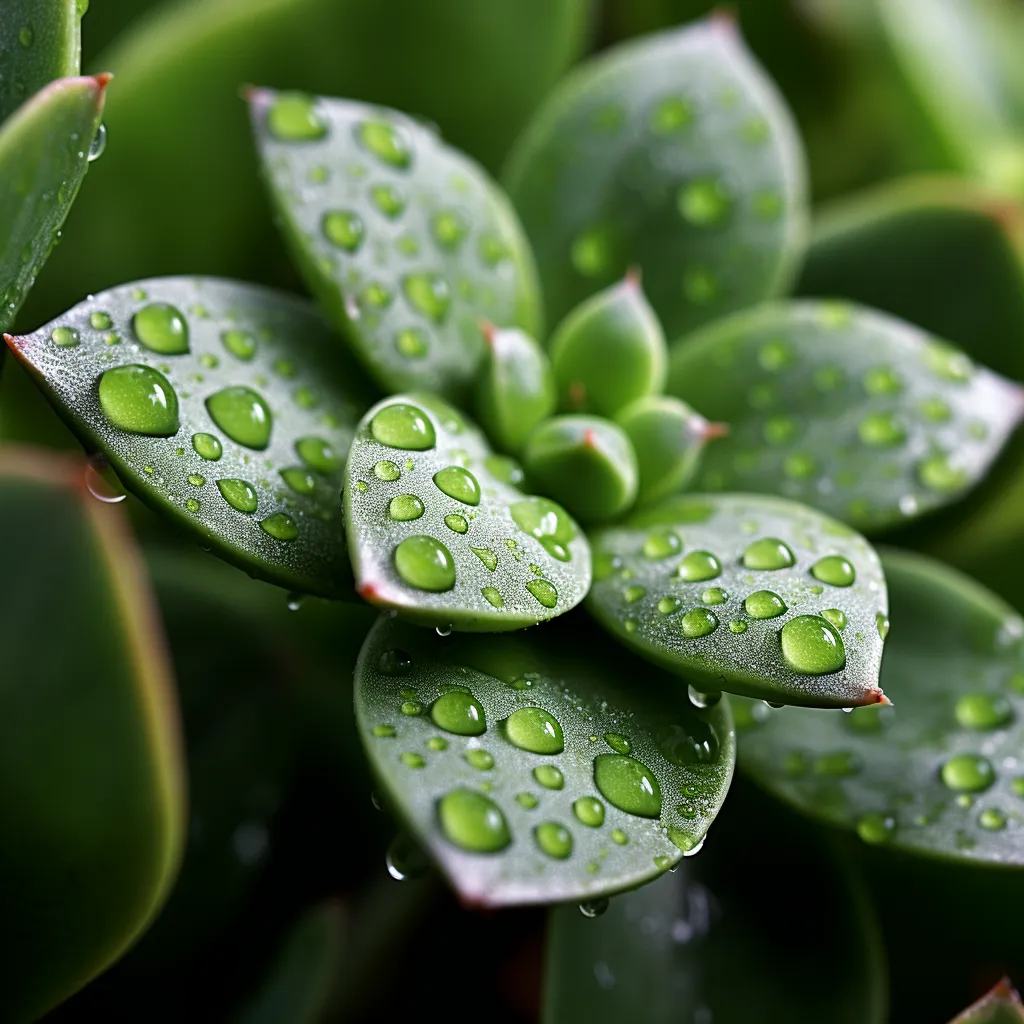Story of Day :
Contents
Euphorbia ceratocarpa (Horned Spurge) Plant Care Tips
Greetings, fellow gardeners! Today, we are going to explore the wonderful world of Euphorbia ceratocarpa, also known as Horned Spurge.
This unique plant is sure to add a touch of whimsy and beauty to any garden.
So let’s dive right in with some care tips that will help you nurture your own little patch of horned spurge heaven.
1.
Location, location, location!
The first step in successfully caring for your horned spurge is choosing the perfect spot for it in your garden.
This plant thrives in full sun but can tolerate partial shade as well.
Make sure it has enough space to grow without being crowded by other plants.
2.
Well-drained soil is key

Horned spurge prefers well-drained soil that isn’t too wet or soggy.
It can tolerate a variety of soil types but does best in loamy or sandy soil with good drainage.
If you have heavy clay soil, consider adding some organic matter like compost to improve drainage and fertility.
3.
Watering wisely
Euphorbia ceratocarpa has moderate water needs and doesn’t require constant watering once established.
However, during hot summer months or prolonged dry spells, make sure to give it a good soak every couple of weeks to prevent drought stress.
4.Watch out for pests
- Aphids: These tiny insects love sucking the sap out of horned spurge leaves and stems.
- Caterpillars: Some caterpillar species find horned spurge tasty and will happily munch on its foliage.
- Snails and slugs: These slimy creatures can leave unsightly holes in the leaves of your horned spurge.

To keep these pesky intruders at bay, you can try using organic insecticides or companion planting with plants that repel pests, such as marigolds or lavender.
Regularly inspect your plants for signs of infestation so you can take action early if needed.
5.
Pruning for perfection
If you want to keep your horned spurge looking neat and tidy, some light pruning might be necessary.
In late winter or early spring before new growth begins, remove any dead or damaged stems to encourage healthy growth.
You can also trim back any overly long stems to maintain a more compact shape.
6.
Propagation made easy

Euphorbia ceratocarpa is relatively easy to propagate through stem cuttings.
Simply take a 4-6 inch cutting from a healthy plant and remove the lower leaves.
Dip the cut end in rooting hormone powder (optional) and place it in a pot filled with well-draining soil mix.
Keep the soil lightly moist until roots form, usually within 4-6 weeks.
A word of caution
While horned spurge is generally considered safe when grown outdoors, it’s important to handle this plant with care due to its toxic sap which can cause skin irritation and eye damage if not handled properly.
In Conclusion
Horned spurge (Euphorbia ceratocarpa) is an intriguing plant that adds both visual interest and whimsy to any garden space.
By following these care tips – from choosing the right location to tackling pests and propagating – you can ensure that your horned spurge thrives.
Remember to handle this plant with care due to its toxic sap, and enjoy the unique beauty it brings to your garden.
